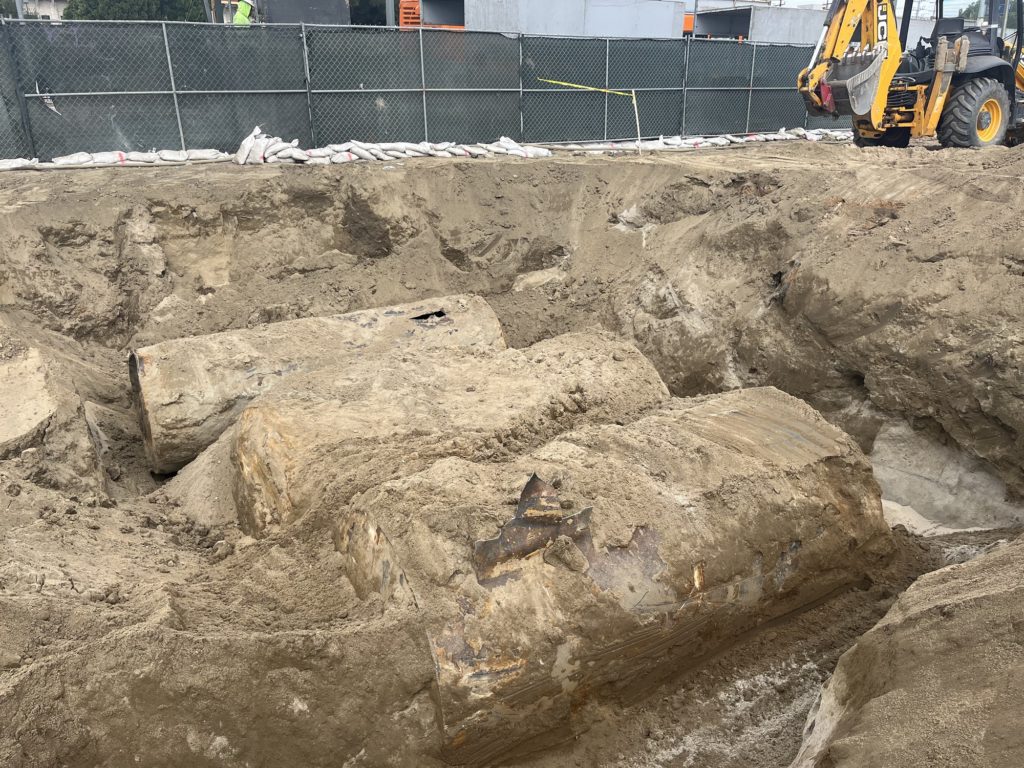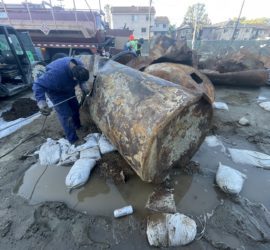Underground Storage Tank (UST)
Underground Storage Tank (UST): An underground storage tank (UST) is a confined container occupying any volume of space within the subsurface, for the purposes of storing liquid. Underground tanks typically support commercial and residential services and have filling ports, ventilation pipes, and connecting product pipelines. Underground storage tanks (USTs) come in different sizes and are made with various materials (for example- fiberglass, steel, plastic, polymer, or combinations of these in the form of double walling).

Environmental Conditions of Underground Storage Tanks
Commonly, USTs are used to contain hazardous liquids, such as gasoline, diesel, jet fuel, waste oil, heating oil, etc. As a result, underground tank contamination is a recognized environmental condition. And the underground storage tank removal process entails mandatory environmental compliance. Moreover, modern environmental laws require certain facilities to maintain leak detection systems, vacuum and pressure sensors, and subsurface secondary containment units with USTs to prevent UST soil pollution.



